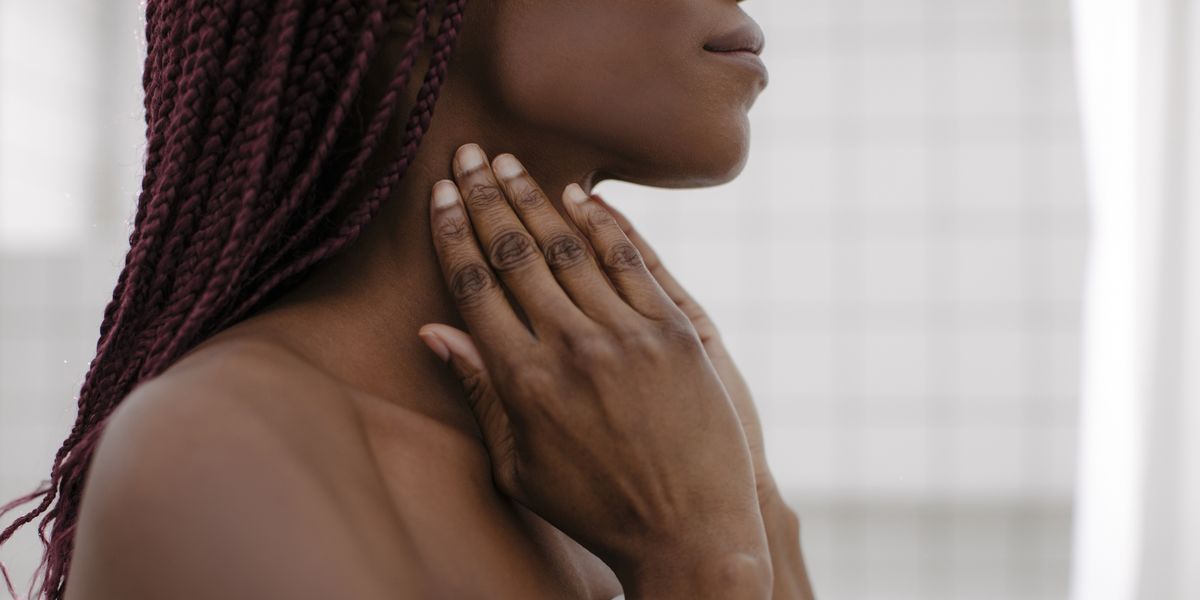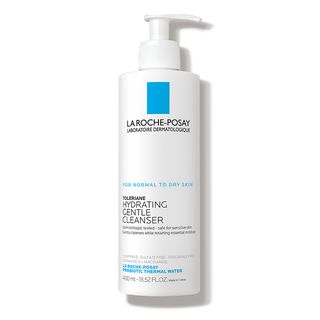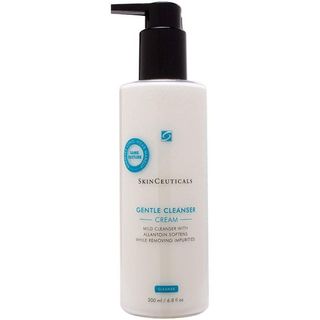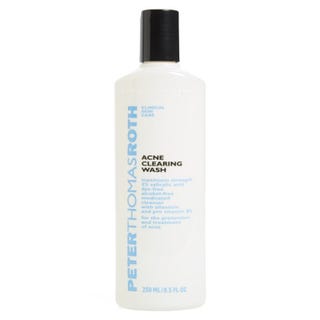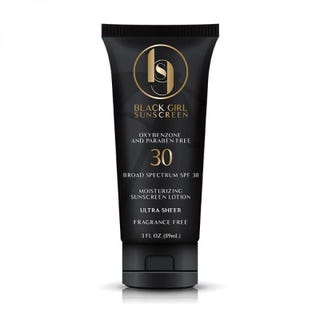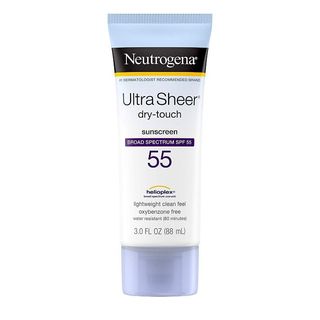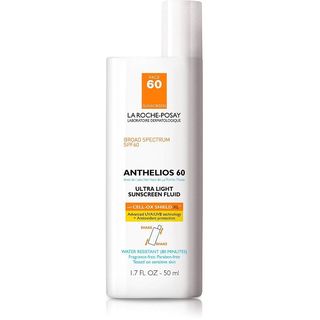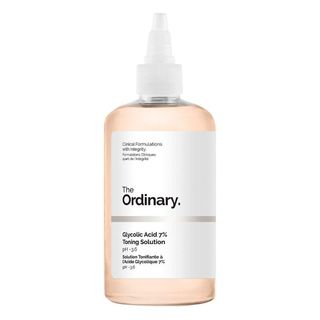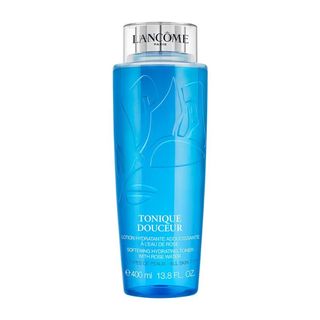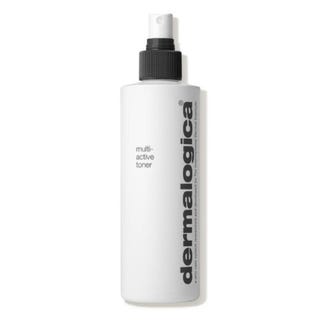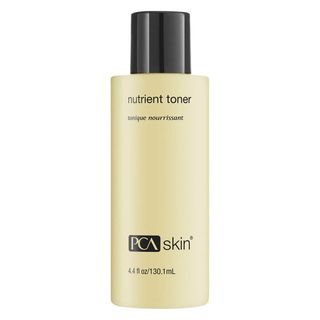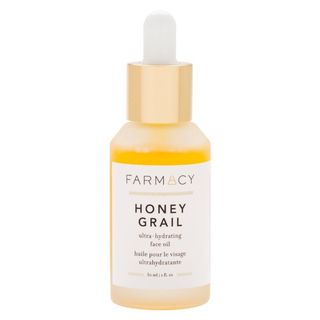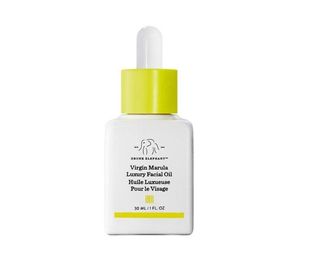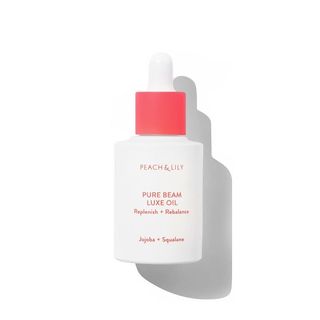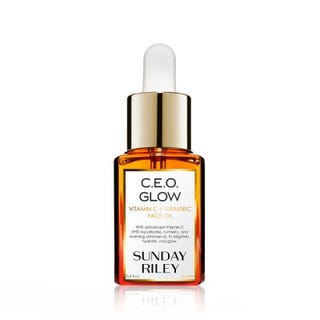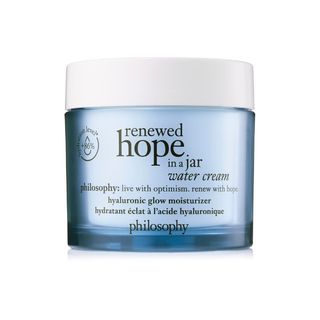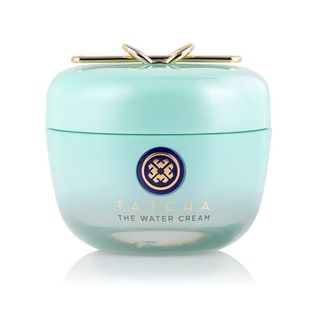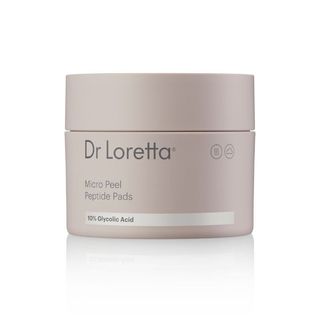Skincare routines can get confusing. First, you have to research the appropriate ingredients for your specific skin concerns, then comes factoring in the price of each ingredient and time you have to dedicate to the process. But as it turns out, having an arsenal of acne-fighting, brightening, and calming cleansers, serums, moisturizers, and masks at your disposal are only as crucial as the order in which you apply.
“The order in which products are applied to your skin is critical,” says Dr. Alicia Zalka, an East Coast-based dermatologist. “Most of us spend hard-earned dollars and precious time on our skincare routine, so why lose out on the optimization of the effort?”
As a dermatologist, Dr. Zalka has access to loads of products but finds that if too many layers go on someone’s face, the products dilute and cancel each other out. Before spending an absurd amount of money on any more products, I turned Dr. Alicia Zalka to break it all down.
What is the correct order to apply skincare products?
When performing your skincare routine, Dr. Zalka suggests focusing on products that “protect” your skin—SPF, primers, BB and CC creams—for the morning time, and “correct” your skin in the night, such as heavier moisturizers, retinol products, and hand creams.
Morning
- Cleanse
- Serum or toner or exfoliating pad
- Moisturizer or oil (or both)
- Sunscreen
Night
- Cleanse
- Serum or toner or exfoliating pad
- Retinol
- Heavier moisturizer or oil (or both)
How long wait between skincare steps?
Slathering on product after product isn’t effective if you’re not pausing after each application. “You should wait about 30 seconds to one minute [between application], which allows the product to penetrate and gives you time to do other steps in your beauty routine (e.g., brushing your hair, brushing your teeth, and flossing your teeth),” says Dr. Zalka.
Remember: SPF should always go last!
Are toners necessary?
After doing a thorough cleanse of the skin, you may feel the need to skip straight to a serum or moisturizer. But make no mistake: Toners are an “essential part of the cleansing routine,” says Dr. Zalka. “If you take a white cotton applicator and apply toner when you swipe it on your skin, it will usually show residual “gunk” on it even after a thorough washing.” That is reason enough to want to use a toner! Plus, they offer exfoliation or other benefits. “However, if you are in a hurry or wish to save money and splurge on other products, you could skip this,” adds Dr. Zalka.
What’s the difference between a face oil and a serum?
“Face oil and face serums are the same in that they both are more liquid in texture and tend to spread as a thin layer over the epidermis,” Dr. Zalka explains. “On the other hand, serums are typically more water based, while oils are not.”
Can a face oil replace moisturizer?
Face oils and moisturizer’s main purpose is to hydrate the skin. “However, if using both, apply oil first,” Dr. Zalka warns. For those with oily skin, Dr. Zalka suggests skipping face oils but adding a toner to their routine. If you have dry skin, toners aren’t necessary but “should consider face oils.”
How do you use chemical exfoliating pads?
“Chemical exfoliation pads can be used in place of the toner slot, so use after cleansing but before moisturizer,” says Dr. Zalka. “Start with two to three times per week and increase to four or five times per week, as tolerated. These can be used more liberally in oily skin people and a bit less frequently in dry skin or sensitive skin types.”
Final words of advice:
“Alternate products instead of piling them on top of each other,” says Dr. Zalka. “What I prefer to do is rotate items and allow them to have center stage on my skin and not upstage one another by applying too many at once. On Mondays, I may use one toner and pick a different product on Tuesdays; that way they all get a chance to offer their benefits.”
